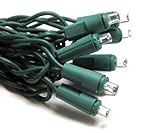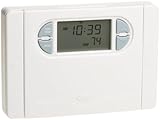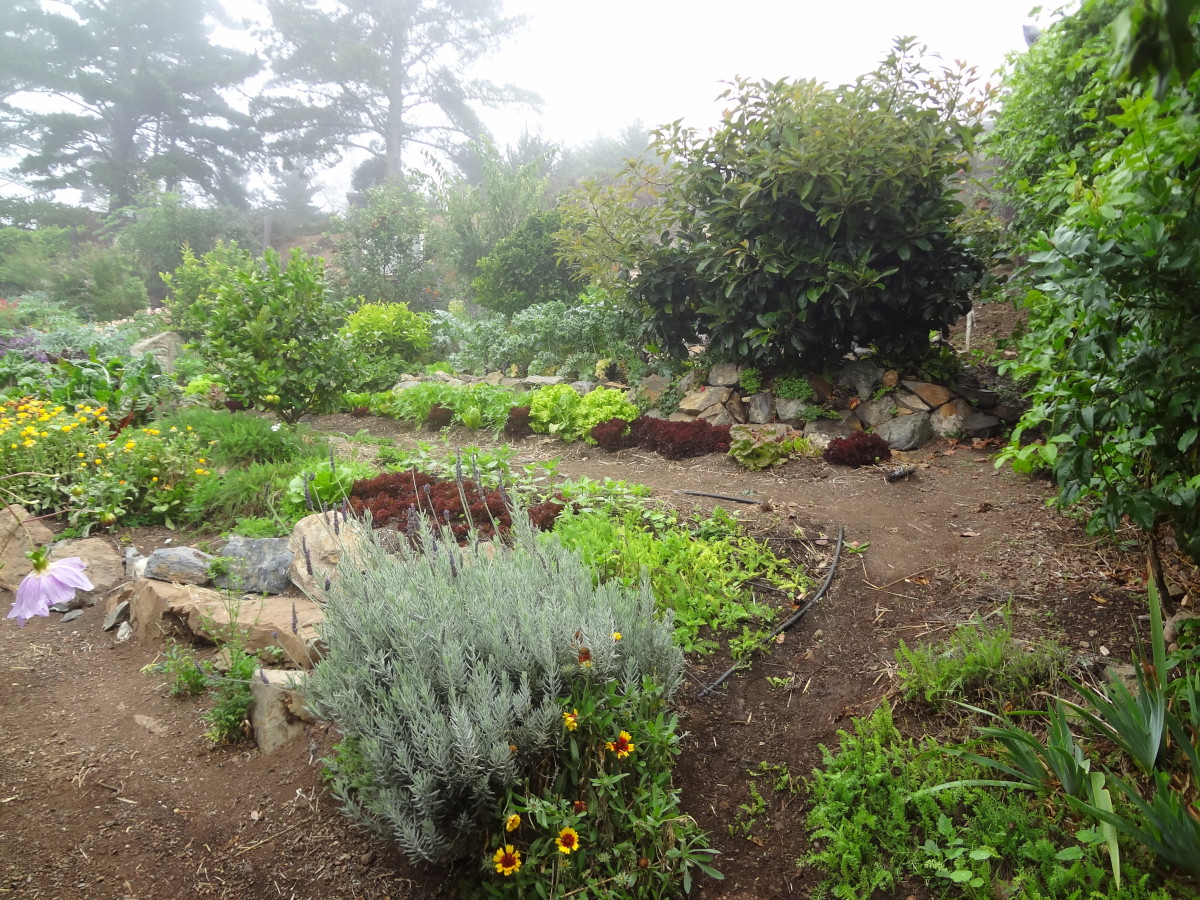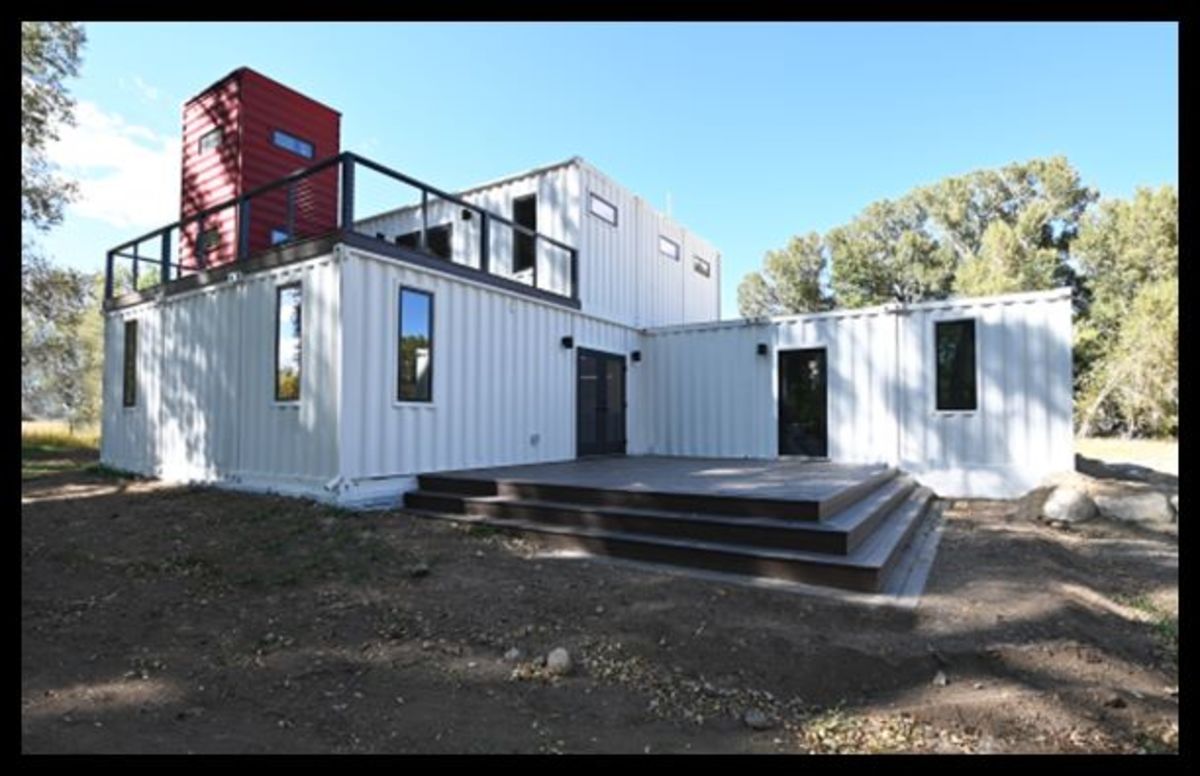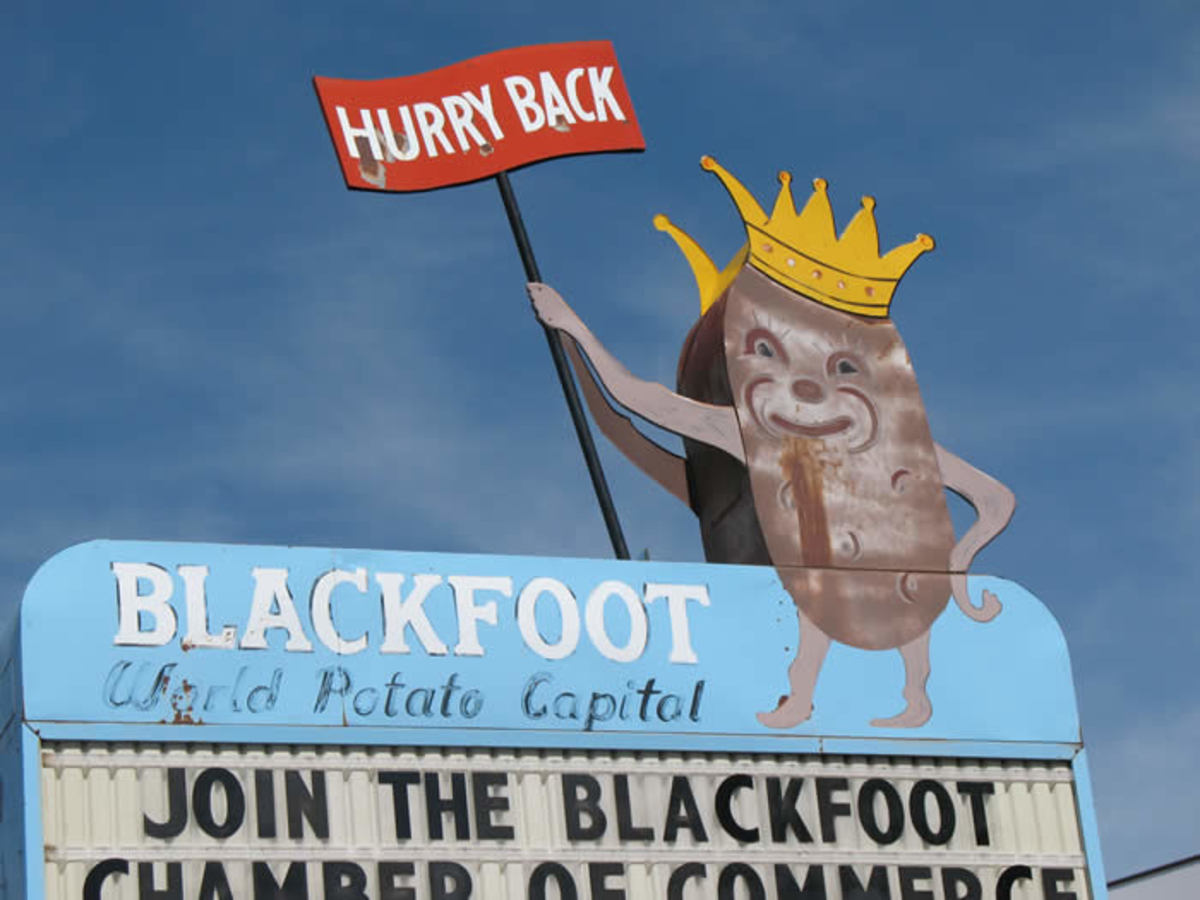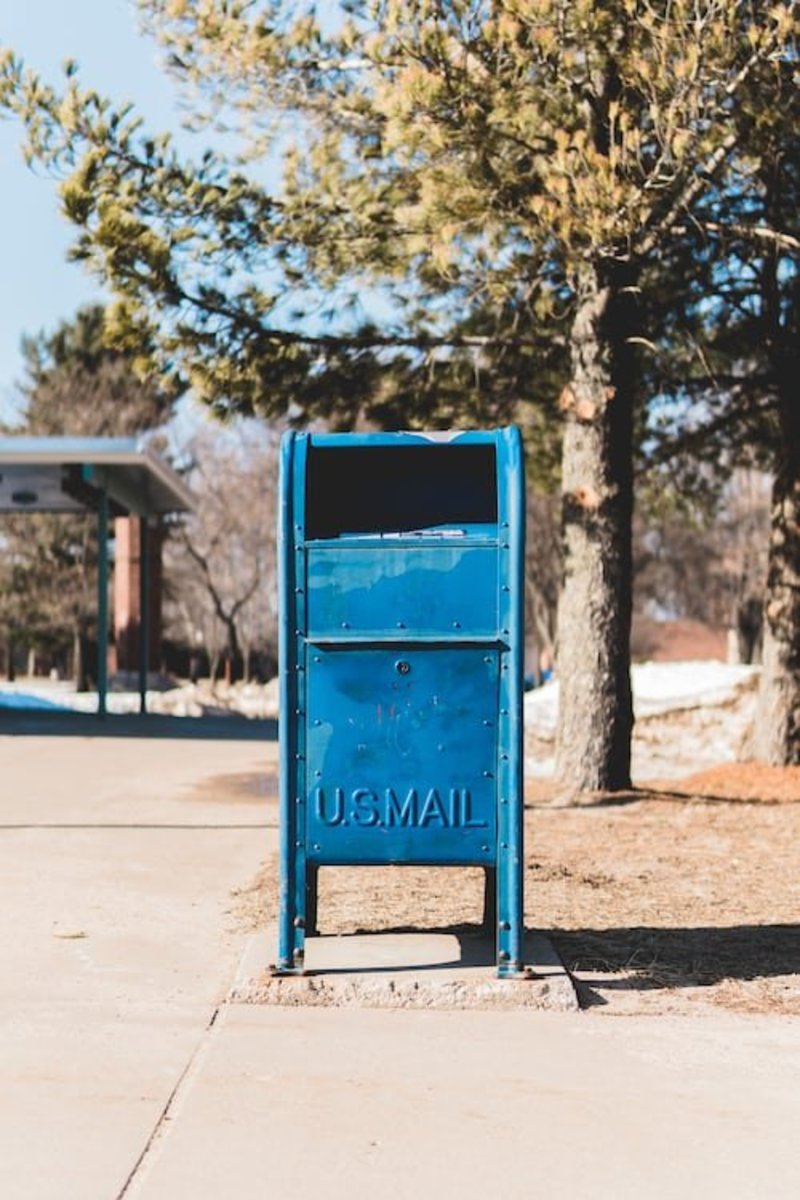Cut Costs in Your Budget: Spend Less by Living more Sustainably
Sustainable Living
What is sustainability, and what is the answer to living more sustainably? Sustainable living is, simply, that you produce as much or more than you consume. By choosing sustainable options, such as sustainable home design, sustainable gardening, sustainable energy use, and more, you will be cutting overconsumption, which means that you will cut costs. Learning to live sustainably is not only good for the economy, and good for the environment, but it is good for your budget and your bottom line, too!
Think About Sustainability

Sustainability Myths
Sustainability is about eliminating the unnecessary; in other words, reducing waste. Unless generating a lot of waste is essential to your lifestyle, you don't have to drastically alter your lifestyle to live more sustainably. You don't have to make a huge investment of time or money. What you must do, however, is learn to think differently about the ways in which you are using time, space, and money. By looking at your household and consumption through the filter of sustainability, you will be able to cut your costs and balance production and consumption. This applies not only to your household, but to your business as well.
Sustainability is important regardless of what your economic situation is: after all, almost all of us would like to have more money, and one of the best ways to have more money is not to spend it by cutting costs. Most advice on cutting costs is telling you to do without certain things; however, by living sustainably, you will actually live better!
Start with Your Budget!
To cut costs by living more sustainably, it's important to look at your budget to see what expenses you have. Since almost everyone spends money on food, electricity, clothing, and transportation, we all can start there. Then, when you have the habit of looking at your budget from the perspective of sustainable living, you will be able to figure out where else you can cut costs by living more sustainably.
Sustainable Food
Food that is not sustainable makes up a large portion of most people's diet. Humans were not intended to live on the same few foods forever, but instead to have a variety of foods in their diet. You can eat more sustainably and cut your grocery costs by buying produce that is in season and eating that, rather than relying on fresh produce shipped in from elsewhere, or on canned or otherwise processed versions. Because the canning and processing involves two trips of the raw food, along with all the costs of the canning and preserving (including water, electricity, and the costs of running the canning or preserving business), you are using fewer resources for the same food if you buy fresh. If you have a choice of canned or dried (such as beans), buy the dried versions--they require less packaging. Choose all-natural meat rather than highly processed lunch meats. Those lunch meats are expensive, too--69 cents for 2 ounces equals over $5 per pound!
When possible, buy from a farmer (save on shipping, advertising costs and other expenses that supermarkets have), from a farmer's market or food co-op, or, most sustainable of all, grow your own sustainable garden. The amount of cost that you can cut from your food bill will surprise you!
Where you will cut costs: buying out-of-season, mass-marketed, or canned or preserved goods when buying fresh, seasonably and locally would be better nutrition and cost less.
Where you will improve your lifestyle: by eating fresh, healthy food full of nutrients. Your health will improve over time as you get more nutrition, including micronutrients and phytonutrients.
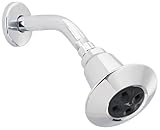
Sustainable Water
Clean water has already begun to be a problem in many parts of the world, and is beginning to be a problem in the U.S.A. When you use water, think about the purpose of the water you are using and decide whether your water use is productive. (Using water to grow food, wash clothing, cook, etc., is productive. Running water without any purpose, such as while shaving or brushing teeth, is nonproductive. Using clean water to do tasks for which clean water is not necessary is not productive.)
The most important step you can take in making your water use more sustainable is to eliminate bottled water from your budget. Many commercial brands of bottled water are nothing more than municipal tap water (the very same water that comes out of your faucet at home). If you want clean, pure water, it is best to invest in either a pitcher filter, a tap mount filter, or a reverse-osmosis filter and filter and bottle the water yourself in a stainless steel container. In addition, you'll be avoiding some of the toxic plastics used in bottled water or plastic water bottles.
You can also limit your water use:
- Showers should take about five minutes or less. Turn off the water when you are soaping up — use water only to wet yourself and rinse off.
- Water your plants early in the morning or late in the evening to avoid evaporation. Consider a drip irrigation system on a timer to provide consistent watering results. Or invest in an Aqua Globe and water only every week or so, only as your plants require.
- Consider a high-efficiency washer the next time you replace your washing machine. Run only full loads in the washing machine where possible.
- Use your dishwasher — you will save money and water. Dishwashers use less water than washing dishes by hand. For those dishes you must hand-wash, fill a small pot with hot water and wash the dishes in the pot.
- Don't run water when you wash your hands. Wet your hands, turn off the tap, soap up your hands, and turn the tap on to rinse off your hands.
Where you will cut costs: eliminating bottled water can save you as much as $1,000 per year. Using your water more effectively may cut 20% or more off your water utlities.
Where you will improve your lifestyle: filtering the water you shower, bathe, drink and cook with will eliminate toxins and unnecessary chemicals from your body, thereby improving your health. Cleanup will be easier because fewer chemicals have a chance to react with dirt. And your water will smell and taste better, and your food will, too!
Sustainable Landscape Design
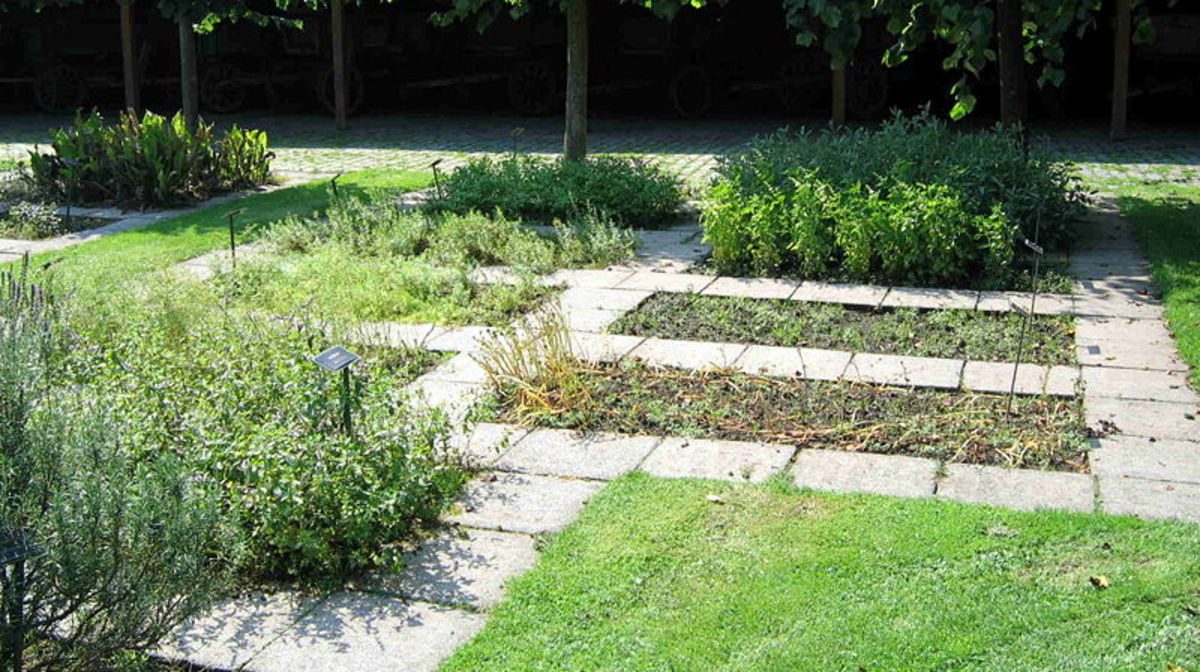
Sustainable Landscaping Resources
Sustainable Landscaping
If you look outside at your lawn, if you have grass, it's not sustainable, because it is not producing something you consume, or something you can trade for something you can consume. If you're a novice at gardening, consider replacing your grass with a herb lawn, and those bushes around your house with herbs as foundation plantings. By doing so, you will be contributing to living more sustainably, as you will produce something you can eat or trade, and, as a bonus, your watering bill will be almost nonexistent after the first year. In addition, you'll be able to retire and recycle that mower--no more gas, and the time you used to spend mowing can be used towards a more sustainable activity. By cutting your costs in your watering bill, gasoline, and gardening supplies, you will see a significant savings. In fact, sustainable landscaping is probably one of the best improvements towards sustainability that you can make, because sustainable landscaping involves choosing plants that are adapted to your area and proposed use (a plant that you are using under your windows, that left alone, grows thirty feet tall, is not sustainable landscaping), and in many areas involves xeriscaping.
Where you will cut costs: water bill, gasoline, fertilizer, reclaim storage space, time spent watering, weeding, mowing, trimming, fertilizing.
Where you will improve your lifestyle: native or adapted plants require less care, allowing you to devote time to more enjoyable activities. Fresh herbs and fruit or vegetables from your garden are delicious and healthier for you, and fresh herbs can be used in a variety of ways around the house.
Garden Vegetables
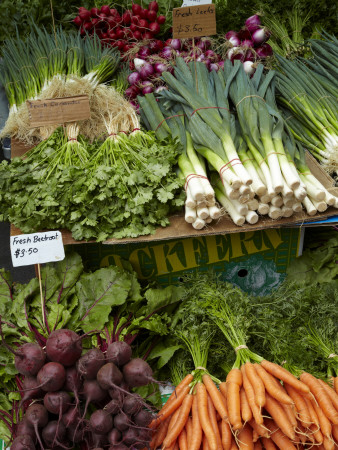
Sustainable Gardening Resources
Sustainable Gardening
More gardening activities might include growing some of the food that gets put on the dinner table. Whether it's a pot of tomatoes on the patio, or using food sources that may already be in your yard, sustainable gardening is the way to go to cut costs. To figure out how much you will save, add your current watering bill, fertilizer, your gas bill for the mower, the time you spend mowing, and the amount you spend at the grocery store on the food(s) you plan to grow. The total is how much cost you can cut. Then add in the value the space that you used to use to store the mower and fertilizer, and you will see that sustainable gardening can really pay off!
Where you will cut costs: food, mowing, time spent going to the store where you buy the food you will grow, cost of disposing of waste.
Where you will improve your lifestyle: by choosing hard-to-find or expensive varieties of fruits and vegetables that you like, you will be adding variety and flavour to your dinner table. My parents bought eight asparagus plants for $2.00, and they've already given us dozens of dinners with asparagus freshly picked from the garden.
Tips for Your Sustainable Garden
Increasing the sustainability of your sustainable garden is easy.
- Start a compost pile and use compost in your garden instead of fertilizer.
- Choose food plants instead of showy flowers. Food plants can still be attractive and flower, but they will provide food for your family, too.
- Catch rainwater in a container and use it to water your garden.
- Plant a variety of plants, and do not use pesticides. Instead, by increasing your biodiversity, you will attract wild birds and wildlife to your yard, which will eat the insects for food.
- Use companion planting, such as borage, to increase the health of your sustainable garden.
Organization Makes Life More Sustainable!
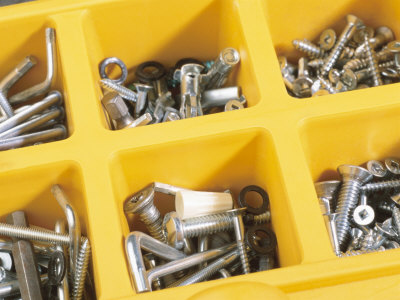
Sustainable Home Design
I'm not going to tell you to go out and buy a different house! Instead, think about your home design. Are you using the space you have in such a way that it is productive? If your home is disorganized, your space is not a sustainable home design. However, you can redesign the use of your existing space to be more productive. If you have a corridor with blank walls that is too narrow for anything but people, consider putting something on the walls. What is productive may be artwork, or perhaps a rack for magazines, a shelf for books, or a basket for mail or other things that tend to pile up elsewhere. If you have a guest room that is unused most days of the year, would it make more sense to turn that guest room into an office (thereby making that space productive), and to put the occasional guest up in a nearby hotel or corporate apartment?
Of course, not every square inch of wall or floor space has to be used; we need white space, too, and different people have different requirements. But if you have masses of unused space in one area, and boxes or piles of stuff in another area, both areas are unproductive. By consulting a professional sustainable interior designer or sustainable space planner or organizer, you can make sustainable home design a reality right now!
Where you will cut costs: more efficient use of space, better use of heating and cooling.
Where you will improve your lifestyle: a better use of your living space will mean that you will "fit into" your living space more easily, and your home will be more attractive and functional.
LED Christmas Lights
LED Interior Lights
Sustainable Energy - Lighting
This is the part that most people object to, but it pays the biggest dividends. I have approximately 1,000 square feet of space, and many months of the year my electricity bill is just over the $25 mark (that's right, $25). By implementing sustainable energy use, I am able to cut my energy costs down to practically nothing.
We've all heard about replacing light bulbs, and yes, it really does work. I lit up my apartment for Christmas so brightly you could see it a half-mile away, and it cost me about the same as running three night lights. How? I switched to LED Christmas lights, and I was so pleased with the effect that I am putting up clear LED Christmas lights on my patio to use all year long in place of the lighting that came with the apartment. It will be cheaper, not attract bugs, and provide a much more attractive setting.
I recently bought my first regular LED light bulbs, and just one 40-watt equivalent at 450 lumens lit up the room beautifully. That 40-watt equivalent takes only 4.5 watts to run. I replaced bulbs in my 5-light bathroom fixture with 15-watt equivalents (giving me the effect of 75 watts of light) but it costs me only 9 watts to run it. I can't wait until it is time to replace more bulbs!
Many people complain about compact fluorescent light bulbs, although they will absolutely save you money. If you are one of those people, it's time to take a look at LED light bulbs. LED light bulbs are often dimmable and use about a tenth of the energy of an incandescent light bulb, and because they stay cool to the touch, they will not give off heat in the summer, overloading your cooling system. The cost of LED bulbs has reduced considerably, and the color choice and amount of light provides a variety that will suit just about everyone.
Where you will cut costs: electricity (both in the amount of energy used for the lighting itself, and in the amount of electricity used to cool your home).
Where you will improve your lifestyle: LED or CFL bulbs don't need replacing as often, freeing up time for other activities.
Cut Energy Costs with a Programmable Thermostat
Sustainable Energy - Cooling
If you live in the subtropical or tropical latitudes, you know that ceiling fans are an absolute necessity for the cooling season. But each day or even each hour you can refrain from running that air conditioner, you will be cutting costs and living more sustainably. And there are so many things you can do: use a fan and open the windows in the mornings when it is cool; invest in a programmable thermostat to cut cooling and heating costs when you are away; ensure proper airflow through your living space; clean and maintain your cooling and heating systems; turn off heat-generating appliances when not in use; and weatherize your house or apartment, including your ductwork. You don't have to give up keeping your cool in the summer, but you can cut your costs by using that cooling system more wisely.
Where you will cut costs: electricity and air conditioning repair.
Where you will improve your lifestyle: Indoor air is often more polluting than outdoor air. By allowing fresh air into your home, you can have a fresh smell without adding more toxins through air fresheners or scents, which contain some of the most carcinogenic compounds known.
Sustainable Energy - Heating
Some of the same principles that apply to sustainable energy use in cooling apply to heating, too. Cook at home during the winter using your oven or range; the heat will help to heat your house. Weatherize your house to prevent warm air escaping or cold air coming in. One weatherization improvement that is very easy and most people overlook is to insulate the electrical outlets and light switches; each takes only a minute to insulate, and all you need is a screwdriver. Insulate your pipes, too, to keep hot air from being sucked away by the cold water in the pipe.
If you have a fireplace, learn to use it effectively. The proper way to heat a space with a fireplace is to start the fire when your home is already at the proper temperature, but cooler weather is expected. Begin the fire, warm up the flue so that the fire draws properly, and use the fuel to keep your living space at the desired temperature (it may warm up a degree or two). Never leave a fire unattended.
If you live in an area with short, sharp cold fronts, you may save quite a bit of money using deadfall and windfall or trimmings from your neighborhood (just look around on bulk trash day, and ask before you take). Allow fresh (green) wood to dry for a season before use, and store wood off the ground to prevent boring beetles and other pests.
And finally, humidity in the air is a key ingredient to keeping your house warm and your family healthy. An ideal humidity range for people, pets and plants is between 40% and 60% humidity. When the air is sufficiently humid, the heat in the air will be retained longer, and you will not have to run your heater as often. In addition, your furniture will last longer when you have the proper humidity as the wood will not dry out.
Where you will cut costs: electricity and heating system repair.
Where you will improve your lifestyle: better health for yourself, your furniture, your plants and your pets by maintaining proper humidity.
Sustainable Clothing
I'm not going to advocate that you grow cotton or flax, or sheep. However, if you look at the clothing your family wears, sustainability should help you cut the costs of your clothing budget dramatically.
One of the most efficient ways to cut costs and to increase sustainable clothing is to learn to sew. Buying fabric on sale, especially of natural fibers and local origin, contributes to sustainability. Buying used clothing also helps to contribute to sustainability, and thrift shops and vintage shops often carry clothing in excellent condition. Don't forget to do as our grandmothers did and ensure that clothing gets handed down!
Where you will cut costs: clothing budget.
Where you will improve your lifestyle: no more off-the-rack clothing. Instead, you will have perfectly-fitting clothing, in whatever style, colours and materials you prefer. Adding your own touches to clothing is easy and you will be able to express your own style more easily.
Increase Your Gas Mileage by Keeping Tires Properly Inflated

Sustainable Transportation
Transportation is one of the ways in which we can cut the most costs, by adding sustainability to our thinking about how we get around. There are places where it is imperative to have a car to get around, but there is some questioning we can do about our basic assumptions.
- Do you need to own a car, or does it make more sense to rent one? If you need to drive fewer than four days a week, you may save money by renting a car for a few hours rather than driving it. Many cities have companies with hourly car rentals and the rates can be far less than the cost of owning a car.
- Do you need to use the car on each trip? If you live in a neighborhood where your place of business or the trip you are going to take is only a few miles away, you may be better off walking or bicycling, at least part of the time, when the weather permits. In addition to the benefits of exercise, you'll even be reimbursed for your expenses if you commute to work by bike!
- Can you use public transportation one or more days a month? You may be able to save the cost of an annual pass simply by taking public transport to work, because then you won't be driving your car for business, and your insurance rate will be cheaper.
- Can you combine trips? One trip that comprises several errands is much more sustainable than going in the morning to drop the children off at school, then going out a few hours later to the mall, and then going in the afternoon to the grocery store, and then another trip to pick up the children from school. Try to make this only two trips instead of four, and you'll see significant cuts in the cost of your gasoline and car maintenance!
- Try hypermiling. Simply by changing your driving habits, you can cut gasoline and tire costs by practicing a few hypermiling tactics. I increased my own gasoline mileage by over 25%, and was able to use the savings to improve my own financial condition.
- Keep your tires properly inflated. A simple set of tire pressure valve stem caps makes this a daily check of a few seconds, simply by glancing at your tires. If the valve stem cap is green, you're good to go!
Where you will cut costs: gasoline, auto maintenance and auto repair, auto insurance, gym if you bike or walk.
Sustainable Investment
Rather than considering everything you pay for as a purchase, when we think about sustainability and our money, we consider that we are investing. We invest in food, in clothing, in transportation, in electricity. Then the question becomes, is this a wise investment? Is it a sustainable investment (that is, does it produce as much as it consumes)? Take a look at your receipts and see where you are investing money wisely and sustainably, and where you are wasting money. By eliminating the sources of waste, you can cut costs tremendously. To cut costs from the perspective of sustainability takes some thought, but the costs that you can cut from your budget can pay off in no time, and by investing that spending more wisely, you and your family can see big benefits immediately!
Sustainable Living Resources
- How to Make Your Own Natural, Nontoxic Vegan Mascar...
Make your own safe, nontoxic, all natural and vegan mascara at home for pennies per tube! You can avoid known toxins and carcinogens near your sensitive eyes and save money, too! - Natural Insomnia Remedies: Fall Asleep and Sleep Dee...
If you have trouble falling asleep, or staying asleep, here are some drug-free, natural, safe remedies to help you get a good night's rest! All you need to do is to identify what keeps you awake (not an easy task in itself), and then experiment with - How to Make Natural, Nontoxic Vegan Shampoo, Laundry...
Eliminate toxic chemicals from your daily routine by learning to make your own vegan shampoo. It requires only two ingredients, so you will know exactly what is in it--and you'll save lots of money, too! - Successful Natural, Nontoxic, Vegan Bed Bug Control
Bed bugs are on the rise and are resistant to most pesticides. Here is a natural, nontoxic, and vegan solution to the bedbug problem that will work even more quickly than pesticides. - Nontoxic, Natural (and mostly Vegan) Flea Control
Vegan-friendly, all-natural, nontoxic ways to control fleas and keep your pets safe and comfortable, without exposure to toxic chemicals.



